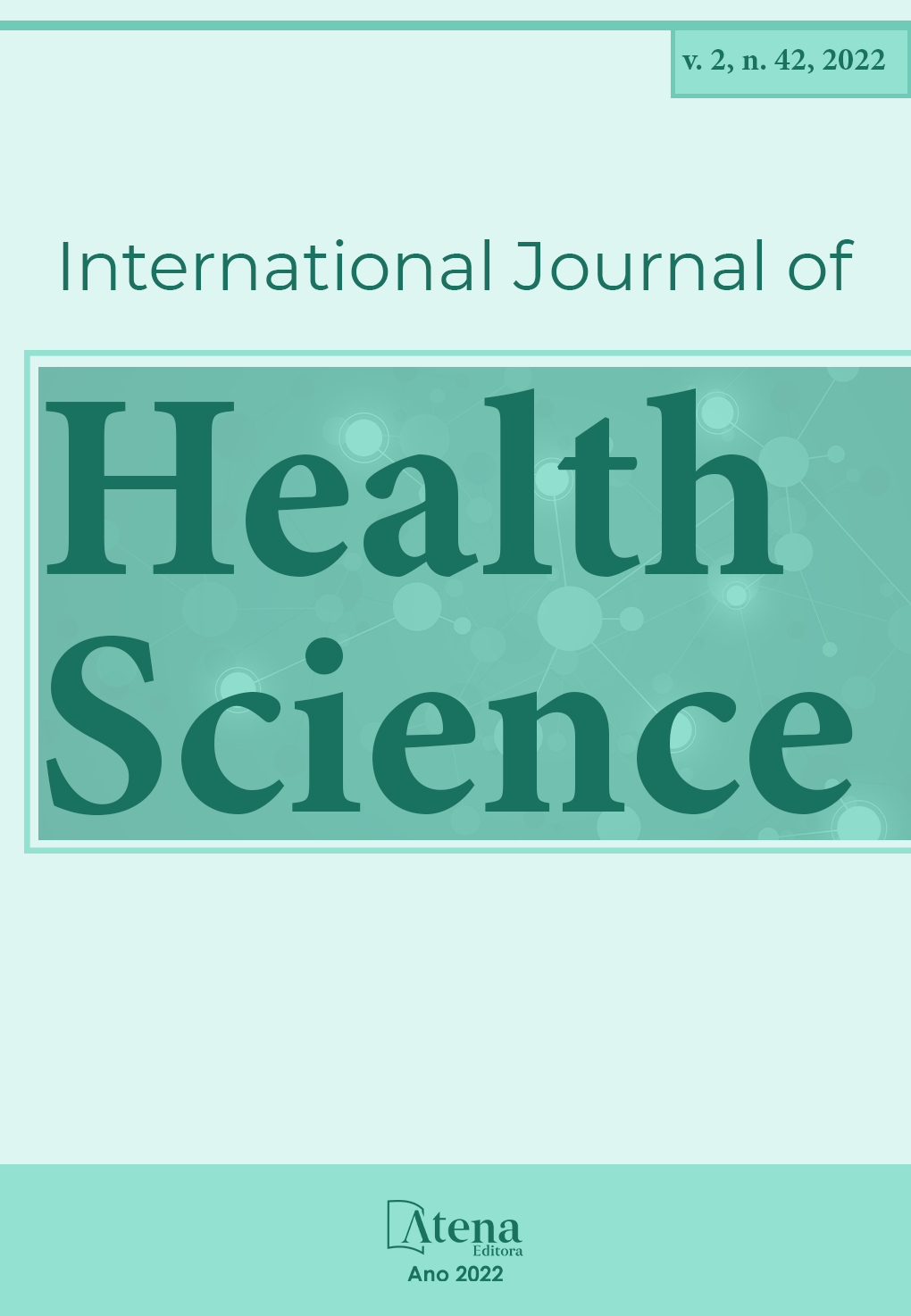
CORRELATION BETWEEN SELF-PERCEPTION OF ANXIETY AND AUTONOMIC RESPONSE IN PEOPLE WITH VESTIBULAR DISORDERS
Antecedentes: El sistema vestibular tiene varias conexiones con otros sistemas del organismo, como ocurre con el sistema límbico, que se encarga de la regulación de las emociones. Por lo tanto, la ansiedad es una queja común de las personas con trastornos vestibulares. La actividad del sistema nervioso autónomo se considera un componente principal de la respuesta de ansiedad, generalmente caracterizada por la activación simpática y la inhibición parasimpática. Nuestro objetivo fue determinar la correlación de las escalas de autopercepción de ansiedad con la respuesta autonómica en personas con trastornos vestibulares en estado de reposo y durante estímulos de realidad virtual.
Método: Este estudio incluyó a 26 personas con desórdenes vestibulares y un grupo de control que fueron emparejados por género y edad. Se utilizaron dos videos de realidad virtual de 360° como estímulo para el registro de la función autonómica (variabilidad de la frecuencia cardíaca y respuesta galvánica de la piel) y la interpretación subjetiva de la ansiedad.
Resultados: Las personas con desórdenes vestibulares presentaron una activación simpática significativamente mayor tanto en reposo como en la exposición a la realidad virtual, en comparación con el grupo control. El Coeficiente de Spearman evidenció en el grupo de estudio, una correlación negativa entre los indicadores de la actividad simpática y las escalas de autopercepción, así como una correlación positiva entre las variables de actividad parasimpática y el inventario de ansiedad. En el grupo control no se encontraron correlaciones significativas.
Conclusión: La correlación opuesta entre las variables analizadas sugiere que la respuesta autonómica no fue consistente con la interpretación subjetiva de la ansiedad en personas con desórdenes vestibulares, aunque se evidenciaron mayores marcadores de ansiedad fisiológica en esta población, determinados a través de la actividad simpática.
CORRELATION BETWEEN SELF-PERCEPTION OF ANXIETY AND AUTONOMIC RESPONSE IN PEOPLE WITH VESTIBULAR DISORDERS
-
DOI: 10.22533/at.ed.1592422229077
-
Palavras-chave: desordenes vestibulares, sistema nervioso autónomo, ansiedad.
-
Keywords: vestibular diseases, autonomic nervous system, anxiety.
-
Abstract:
Background: Vestibular system has several connections with other systems of the organism, as it happens with the limbic system, which is in charge of emotion regulation. Therefore, anxiety is a common complaint by people with vestibular disorders. The autonomic nervous system activity is considered as a major component of anxiety response, usually characterized by sympathetic activation and parasympathetic inhibition. We aimed to determine the correlation of anxiety self-perception scales with autonomic response in people with vestibular disorders at rest state and during virtual reality stimulation.
Methods: This study included 26 people with vestibular disorders and a control group were matched by genre and age. Two 360° virtual reality videos were used as a stimulus for autonomic function (heart rate variability and galvanic skin response) recording and anxiety subjective interpretation.
Results: People with vestibular disorders presented sympathetic activation significantly higher both at rest and in exposure to virtual reality compared to control group. The Spearman Coefficient made evident in the study group a negative correlation between the indicators of the sympathetic activity and the scales of self-perception, as well as a positive correlation between the variables of parasympathetic activity and the inventory of anxiety. In the control group significant correlations were not found.
Conclusion: The opposite correlation between the analyzed variables suggests that autonomic response was not consistent with subjective interpretation of anxiety in people with vestibular disorders, although the greater markers of physiological anxiety determined through sympathetic activity were evident.
-
Número de páginas: 17
- Liliana Isabel Neira Torres
- Diana Moscoso Castaneda


